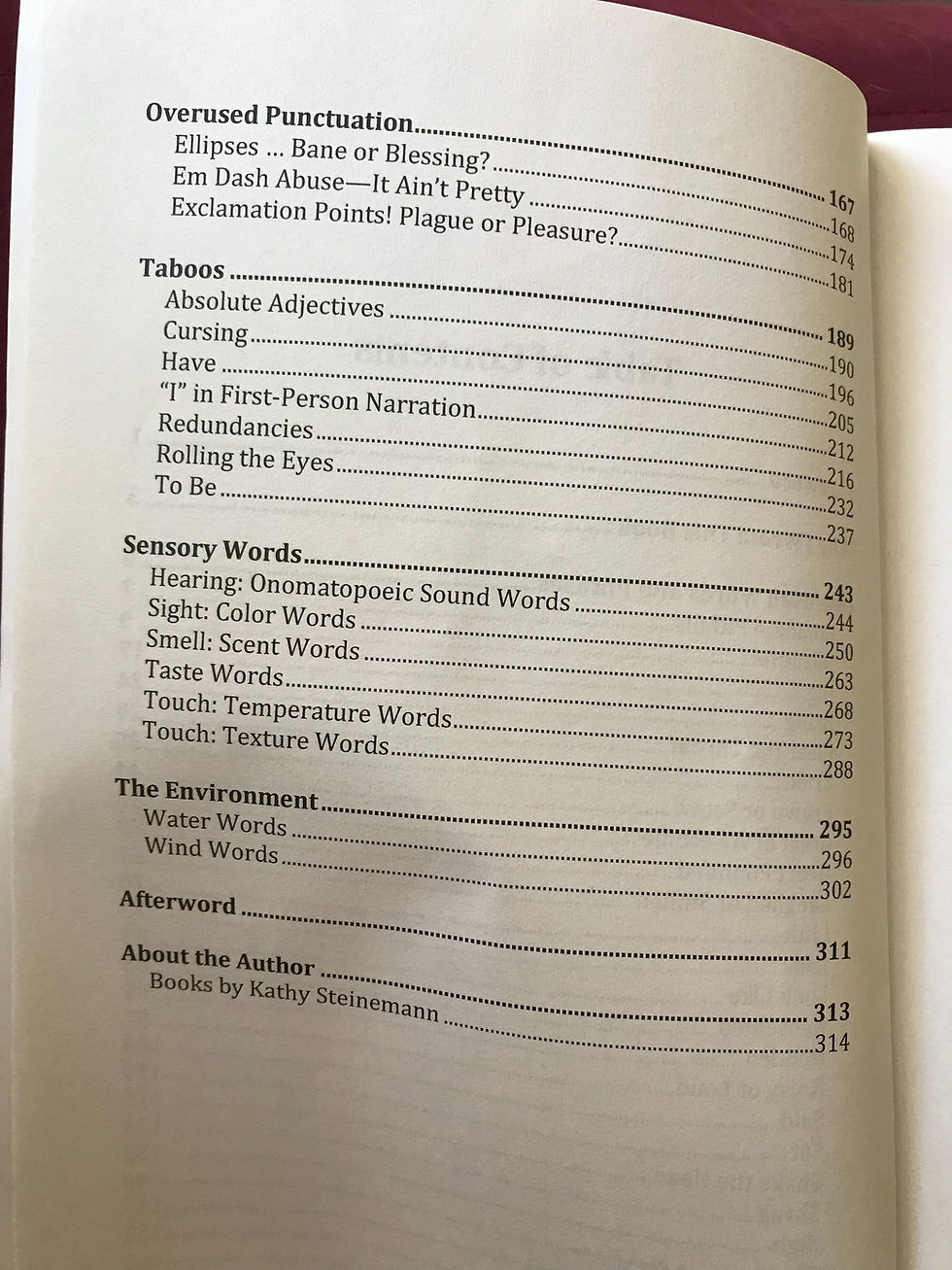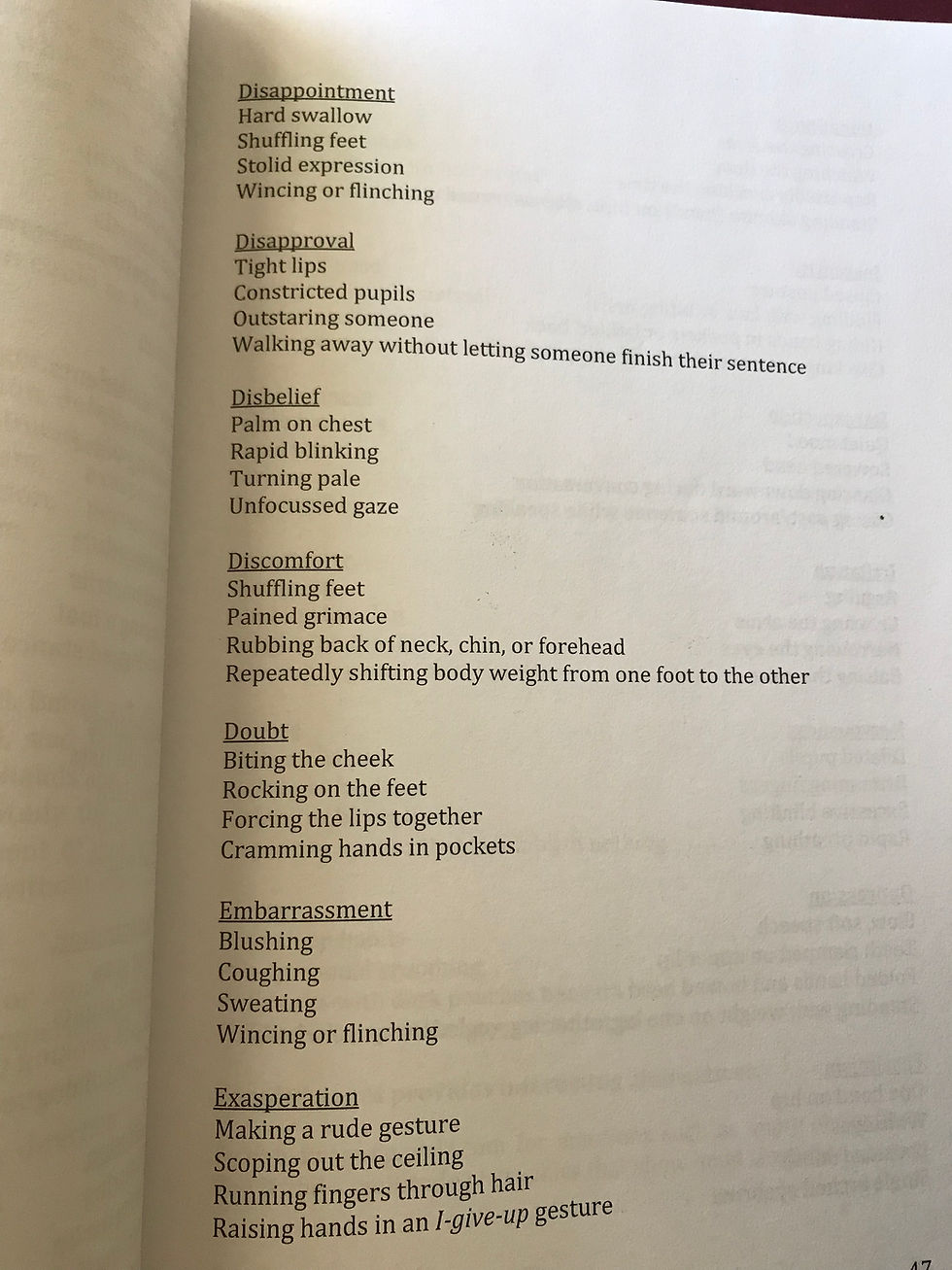The Writer's Lexicon
- Hannah Mason
- Jan 12, 2022
- 5 min read
I once said that my mother said that I should be a writer which said to me that I should write. What's wrong with that sentence? Do you ever repeat words like I just did? Then The Writer's Lexicon is write for you (giggles required).
I bought The Writer's Lexicon to make my ThriftBooks purchase up to $10 which is the minimum amount you have to pay to get free shipping. I had a free book with them (which you get reasonably often if you order from them consistently) so my $4.79 book cost me nothing and I had to add in something to make the order up to $10. Yes, I know this is exactly what ThriftBooks wants me to do but I will always prefer to pay $5.00 for a book than $5.00 for shipping.
This time around, because of the free book, I was paying a little bit more and ended up choosing to buy a single book for about $10. Usually, I won't pay for a thrifted book unless it is >$5 but I wanted to choose a book that would be worth my money (i.e. helpful beyond being an interesting read).
My goal was to find a writing aid book. I have had books like The Rural Setting Thesaurus on my list for a long time and recently discovered Wonderbook: The Illustrated Guide to Creating Imaginative Fiction but neither of these was available so I searched for books like them. This is when I came across The Writer's Lexicon.
This book is amazing. Seriously. If you are a writer in any genre, for any age group, non-fiction or fiction, I recommend picking up a copy immediately. I 100% wish I had read this book earlier than I did but now that I have it I will be putting it to good use as I write and edit my books.
A couple of reasons why I love this book:
The Organization:


Above are pictures of the table of contents (you could probably also look at a preview on Amazon). I love this table of contents. It tells you exactly where things are in the book down to the word that you might be looking for. Each of the author's chapters are reasonably short and cover a word or a specific idea. The table of contents divides the chapters into sections and then chapters, letting the reader know how to find the idea they are looking for without much trouble.
The chapters themselves are also really well organized. Within each chapter, the author gives a summary of why the word, phrase, or punctuation shouldn't be overused. She then provides examples of its overuse and corrections for those examples to reveal how to change your writing. She explains where the use of the word, phrase, or punctuation is good and where it should be removed or replaced. Then, in many chapters, she explains what feelings could motivate a character to do something (ex. "smile") that's overdone and gives other actions that would be done with that feeling. In other cases, she explains how to replace the word or phrase with creative replacements (ex. replacing a curse with "she filled the air with ripe invective"). The final portion of each chapter is a list of direct replacements for words.
The Feelings:

As I noted above, The Writer's Lexicon often provides feelings that might motivate a particular action such as shaking the head, nodding, or smiling. The picture to the left is just one page of such feelings. Within a chapter on "nodding" for example, the book might suggest that a character could potentially nod when they feel agreement, excitement, greeting, or a range of other feelings. The author of The Writer's Lexicon then suggests that readers determine which of the feelings motivates their characters' nods and use those to find other potential activities the characters might do as opposed to nodding since it is an overused term. I thought this was great especially in the chapter on laughing and smiling. My characters smile too often and I appreciated the book not only giving me synonyms for smile that I may not find in a regular thesaurus but also suggesting other actions the character might do instead.
Colors:

The book has really great section on colors that identifies the importance of describing the color of things. Not only does describing color give the reader an idea of how the thing looks but it also brings a particular mood to a book, chapter, or scene. I loved what the author of The Writer's Lexicon had to say about color but what I found to be really useful was her list of colors. Included in the book is 5 whole pages of colors listed like the page to the right. The pages are chock full of beautiful color names and dark-moody color names. Each word is brilliant and could be perfect in different situations.
Encouragement of Creativity:
The book does present rules for writing such as "don't use too many exclamation points!" and "don't use 'noisy' or 'loud,'" but the rule that the book truly emphasizes is "whatever engages readers is right." The author encourages her readers to create words and use their imagination when they are revising their works. While she makes suggestions, she admits that there are always exceptions to the rule and often, she presents exceptions to the rule. Writing is an art form and the author does an excellent job of not taking away the art and imagination of writing when she is instructing in her book.
My Favorite Sections Within the Book:
There are a few sections within the book that I have earmarked for later. One is the chapter on color that I mentioned earlier which I know will bring me a ton of benefit in the future. Another is the section on "smile" and "laugh" (the two together make one chapter) as I know that this is something that I put too much of in my own writing. The same goes for the chapter on "look." These two are the words I struggle the most with but I know I also overuse "turn," "frown or scowl," "turn" and "went" and though I am reasonably good at avoiding the overuse of "said" I believe I will find use in the great number of synonyms for the word the author provided.
I also loved a few other sections outside the overused words. I enjoyed the section on cursing since I don't desire to curse much in my books but want to ensure they are realistic and find myself in situations often when it feels as though my character should curse. The chapter on "'I' in First-Person Narration" (in the same section labeled "taboos") was helpful as I have found myself starting much too many chapters with "I" in The Beauty
Finally, I appreciated some of the sensory words and chapters on the environment. I particularly earmarked the water words (within the environment section) and the temperature words (sensory words section). These are words within categories that I tend to use but I thought broadening my language in these categories could be helpful.




Comments